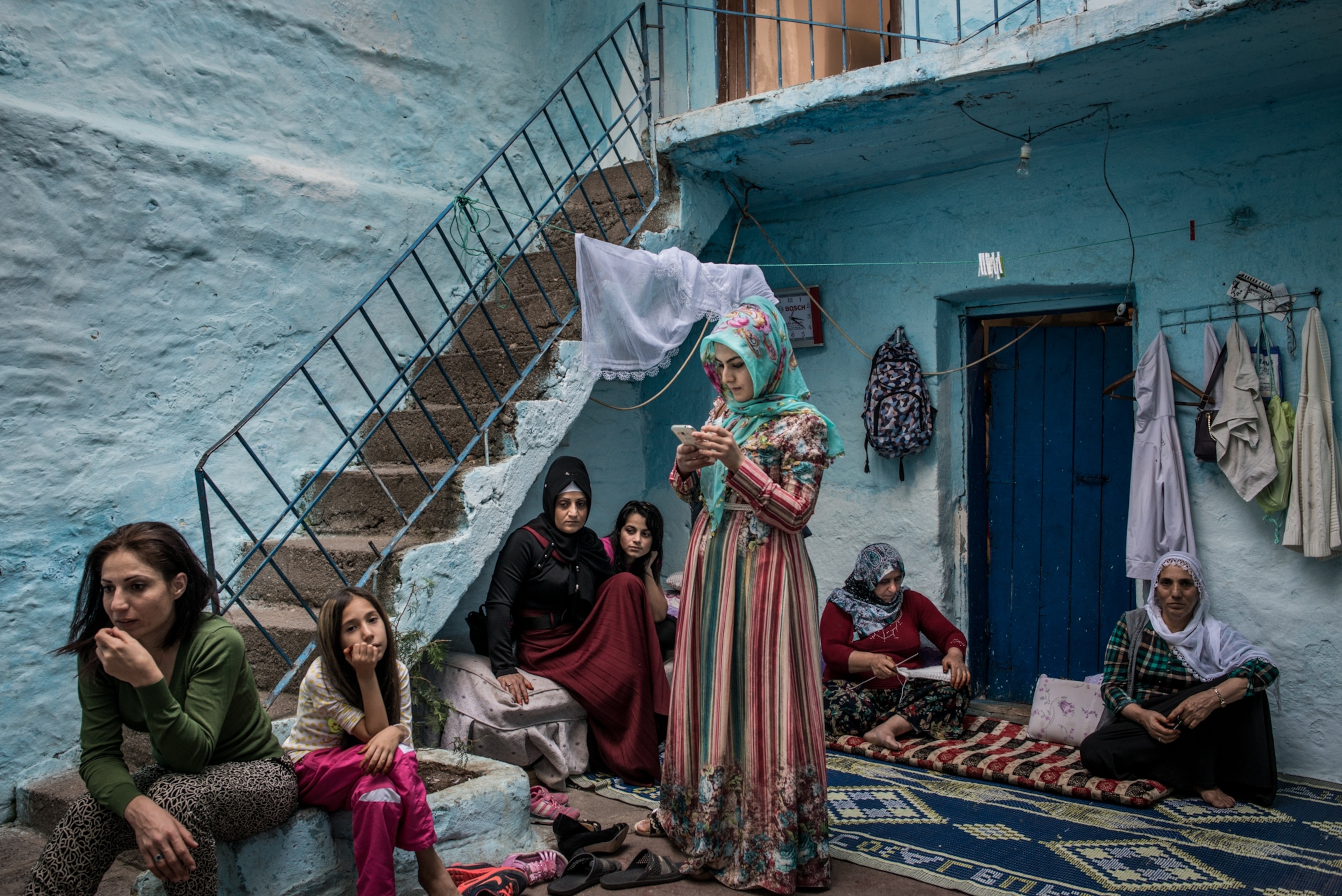
In This Corner of Turkey, Stories of Conflict, Loss, and Hope
An Armenian photographer explores intertwined passions against the backdrop of recent clashes.
In the heart of Diyarbakır in southeastern Turkey lies the ancient walled district of Sur. The mosques, churches, and stone houses lining the narrow streets are a manifestation of the multitude of peoples who have lived here over the centuries—Arabs, Jews, Persians, Armenians, Turks, and Kurds.
More recently Sur bears the marks of violence. During a period from August 2015 to March 2016, clashes between Kurdish militants seeking local control of the district and the Turkish government seeking to drive them out left homes and businesses in ruins. Lives were lost. A 24-hour curfew was imposed. Many were forced to flee Sur, becoming refugees in their own city.
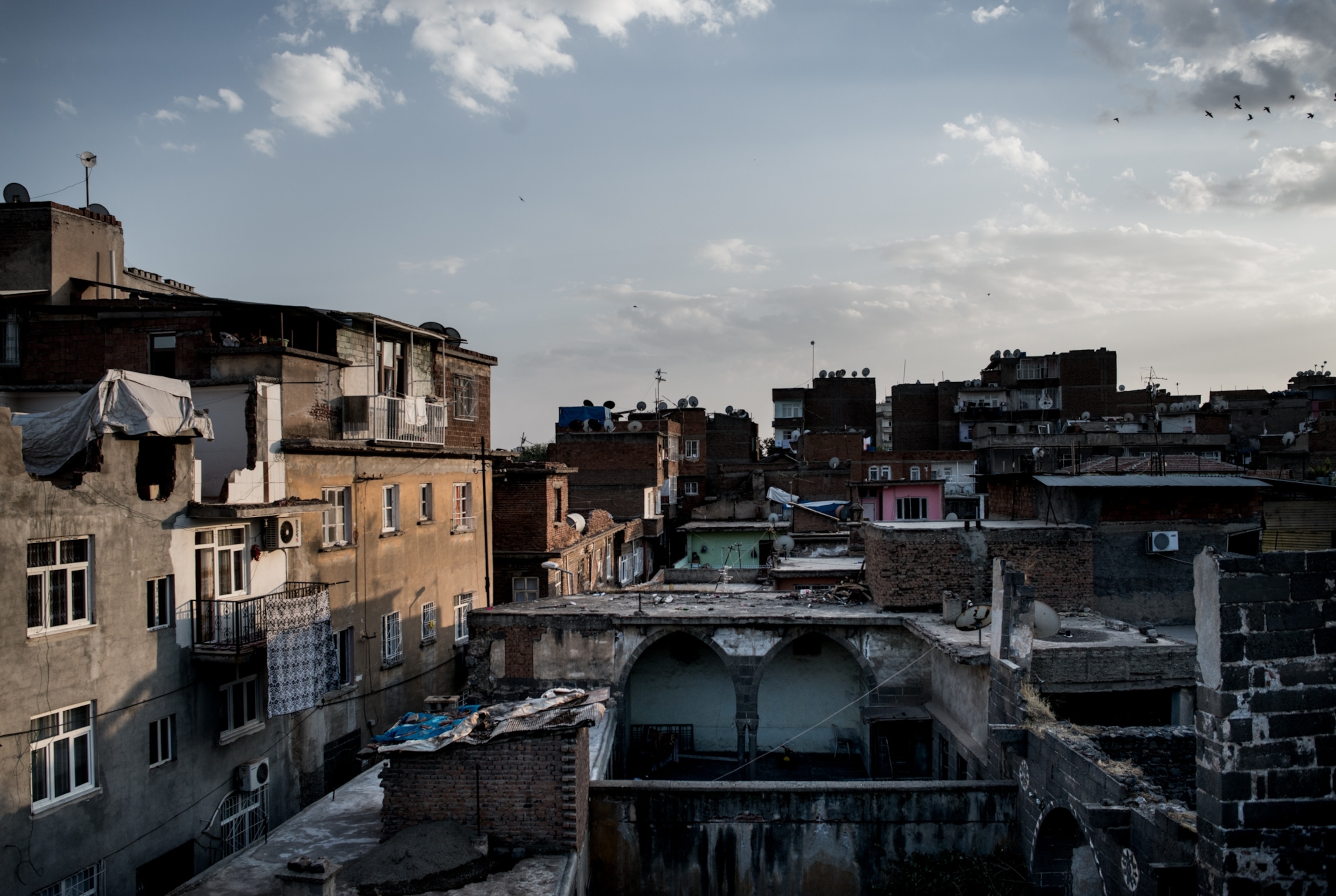
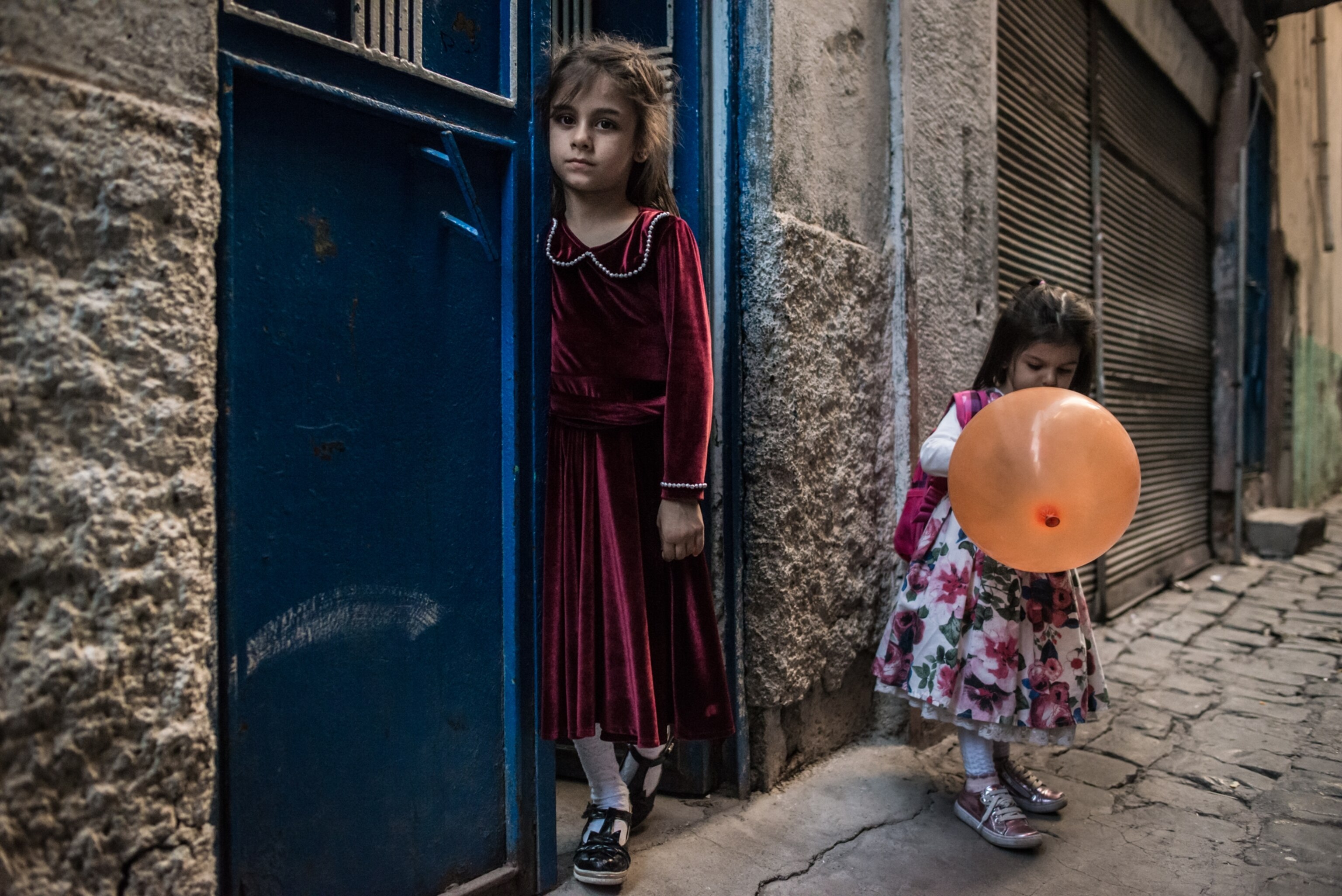
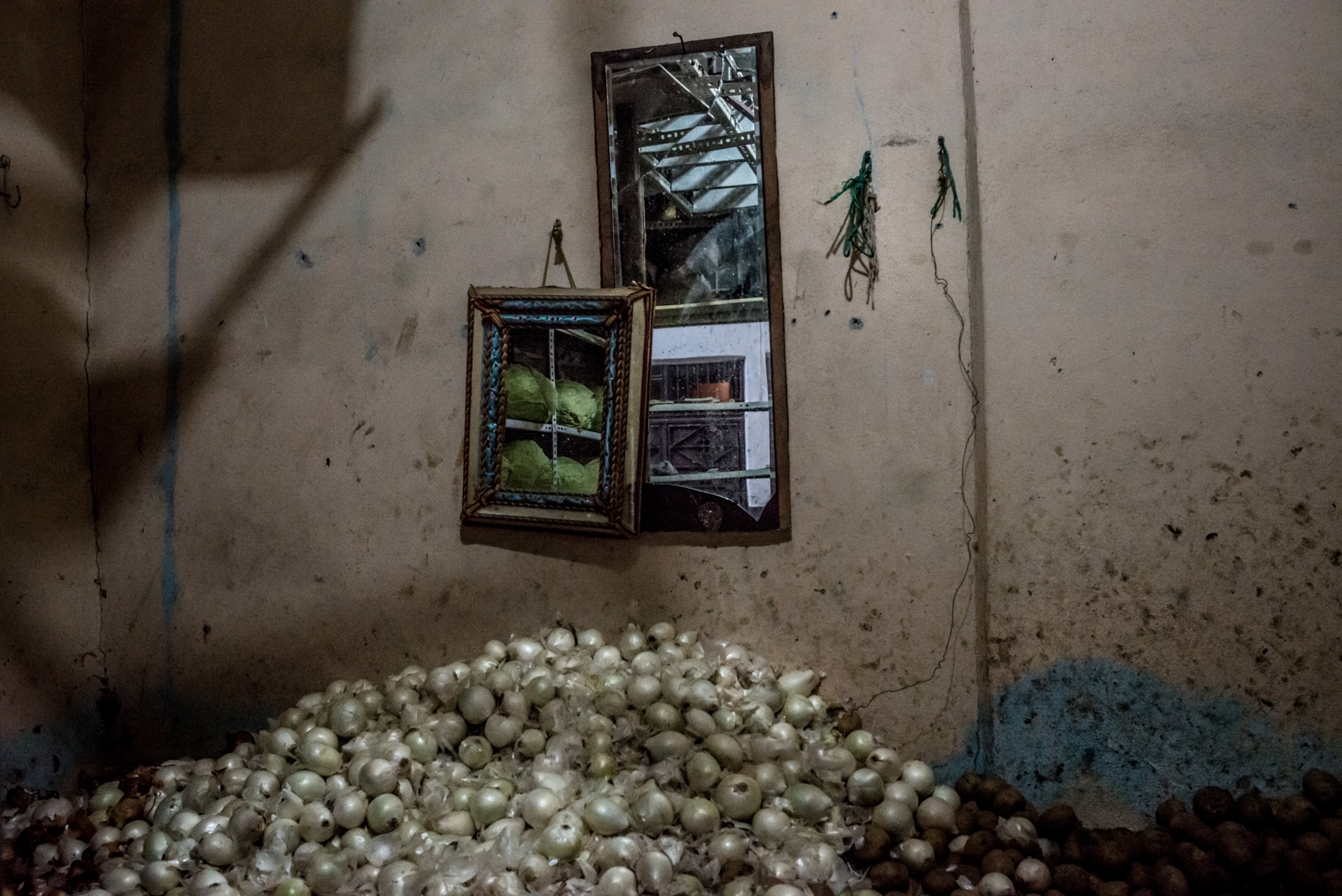
Residents have since been allowed to return though the part of the district where the harshest fighting took place remain blocked off by the Turkish police—inaccessible, still under curfew, and empty.
The government has offered a small sum those still displaced for relocation and has pledged to rebuild the damaged historic sites. But while a rehabilitation of the area would be a boon for tourism, the ensuing gentrification would effectively mean the end of the community that lives and works there.
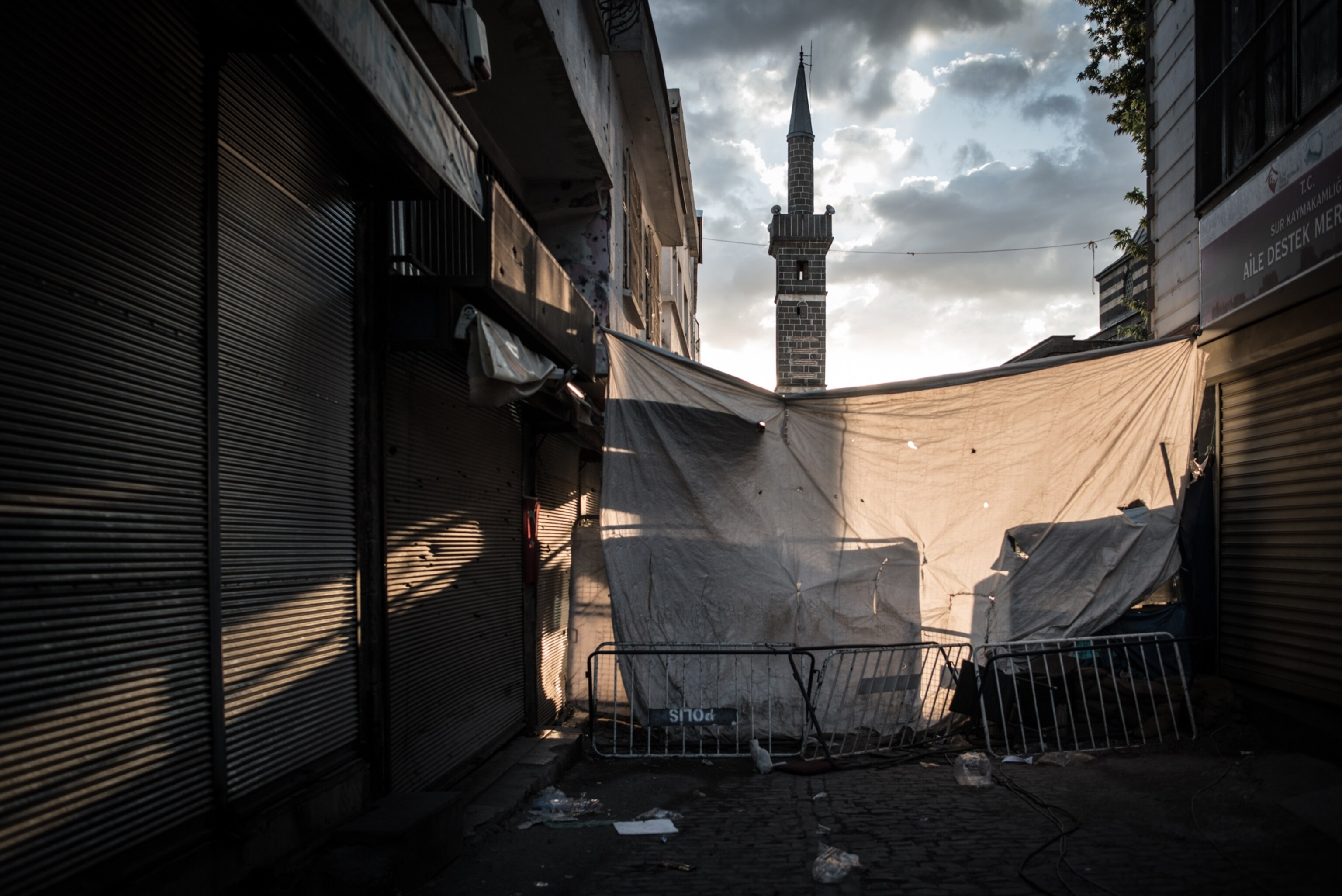
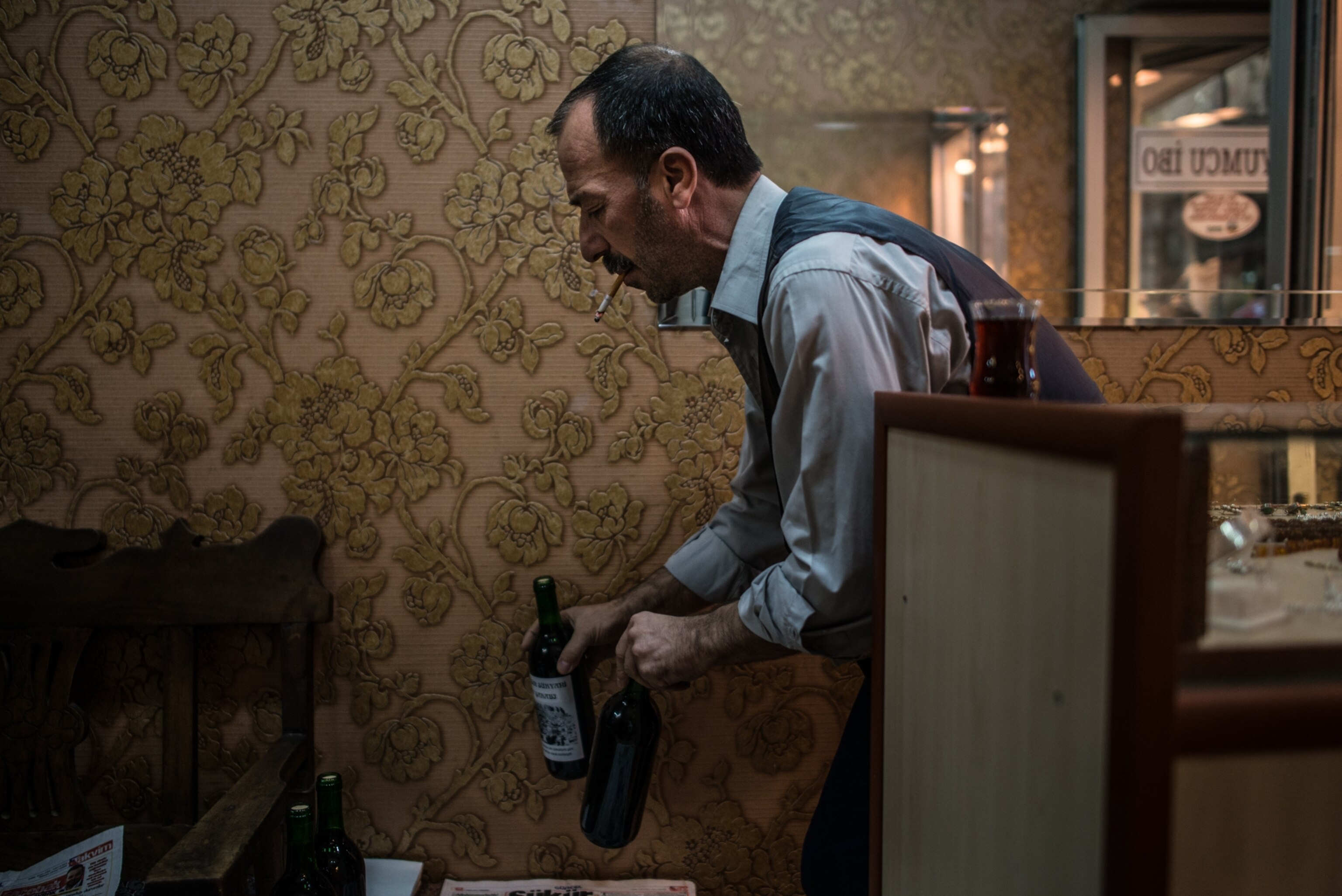
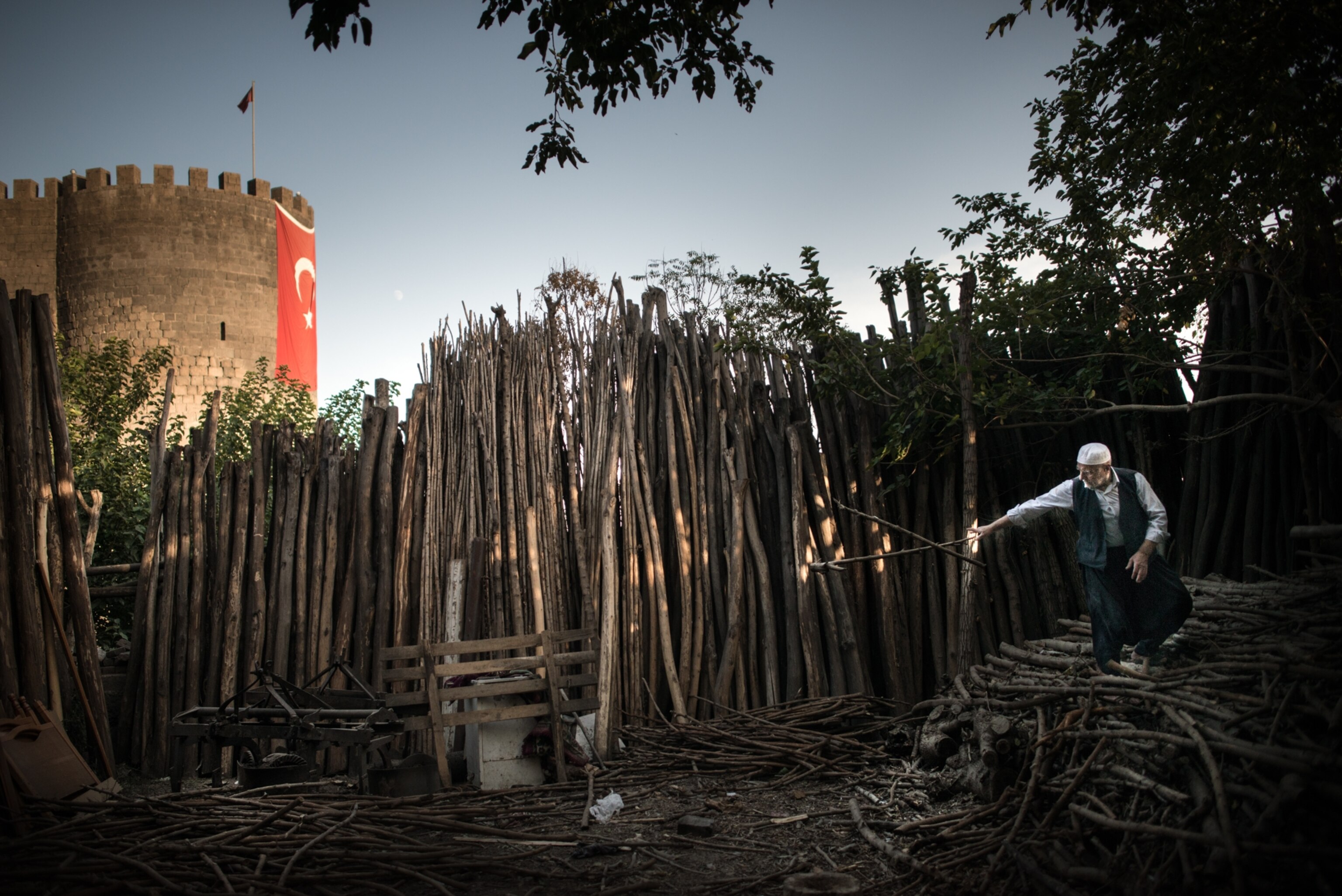
Armenian photographer Anush Babajanyan traveled to Diyarbakır in October to document the aftermath of the clashes. She and a translator knocked on doors, introducing themselves. Over glasses of Turkish tea inside beautiful courtyards, she listened as residents shared feelings of hope mixed with fear of the violence returning again.
Walking the streets lined with buildings built by Armenians, she discovered a deeper appreciation of her own ancestral roots, as well as a culture that has built itself over centuries, layer by layer. One of the places she spent time was the House of Dengbêj, where the ancient Kurdish tradition of dengbêj, or storytelling by song, is practiced.
One song stuck with her in particular. It tells the story of a fated love affair between a young Kurdish basket seller and a young woman from a wealthy Armenian family. The two run away together, only to be captured and killed by men sent by the woman's father.
For Babajanyan, this song of love and loss serves as the symbol for the intertwined passions of the people who have long lived side by side in the Anatolian region—the painful contradiction of wanting to live in peace but perpetually falling into conflict.
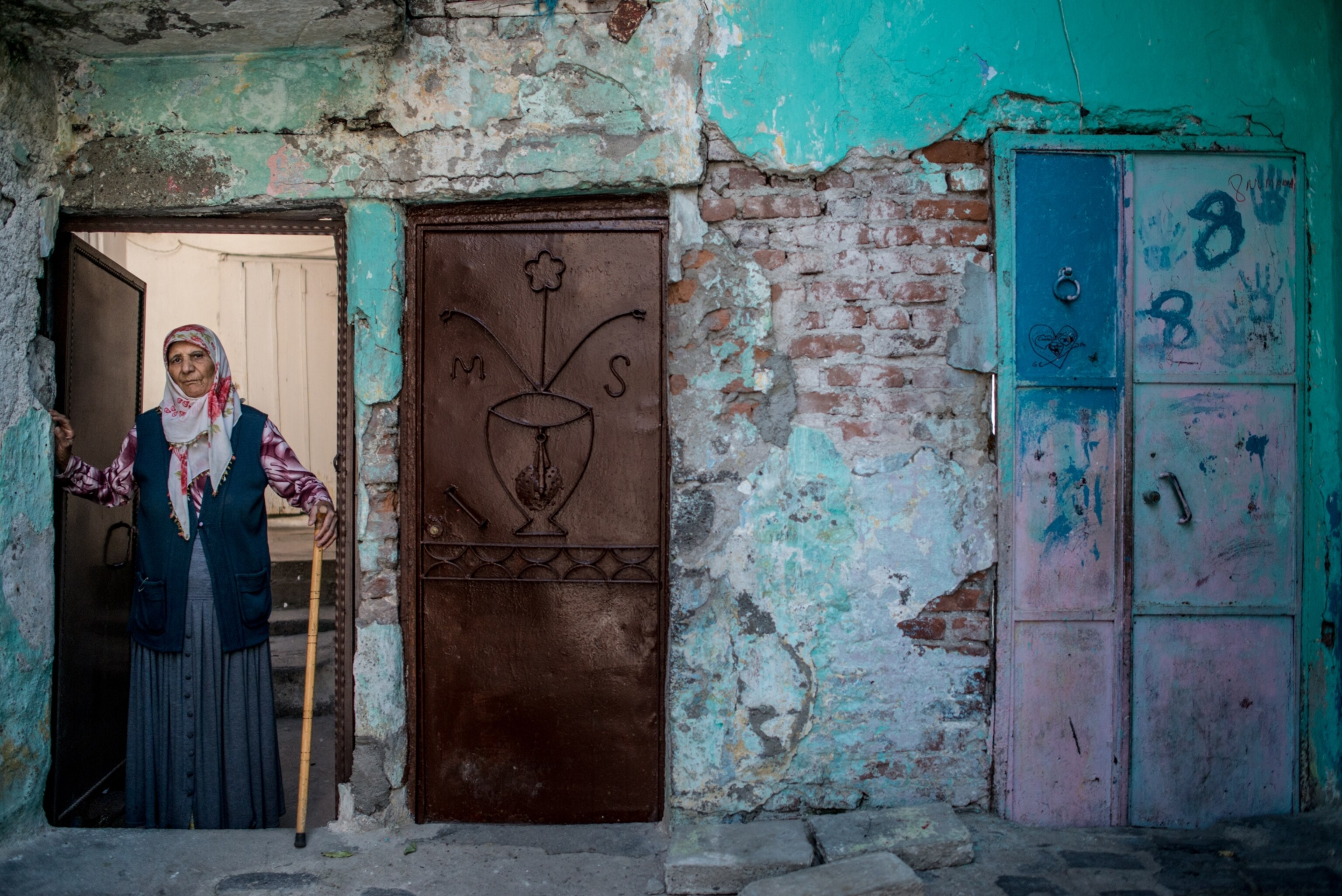
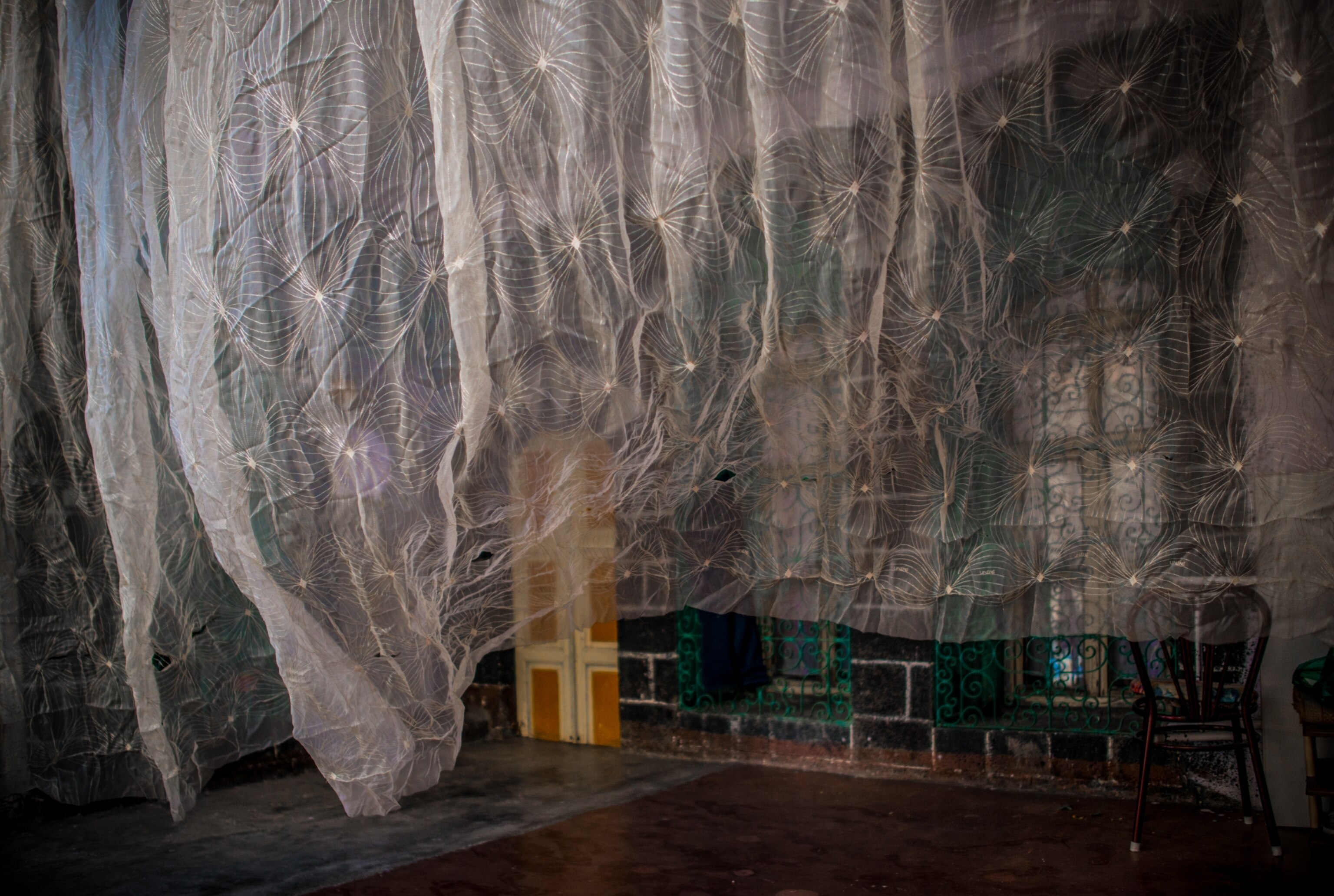
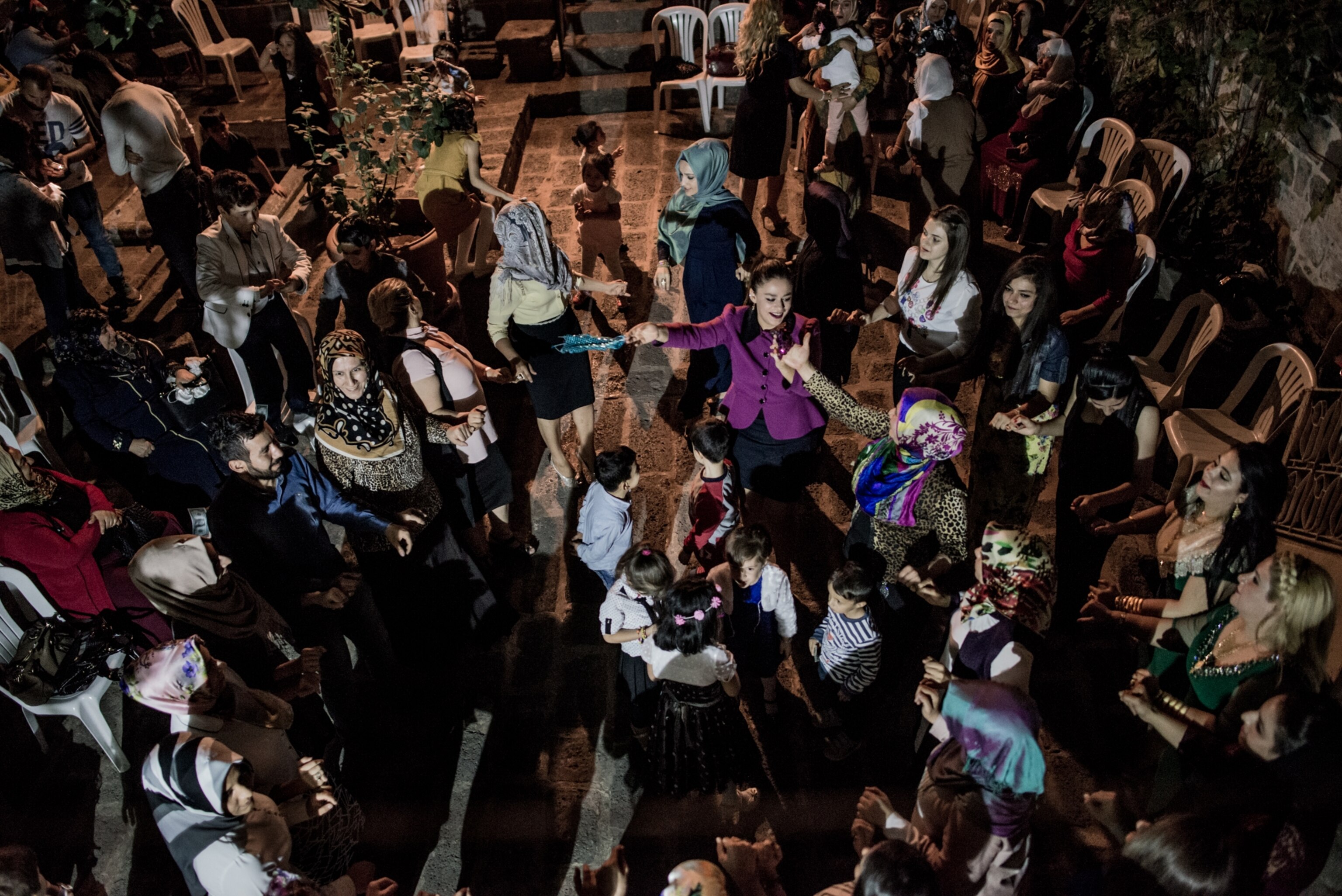
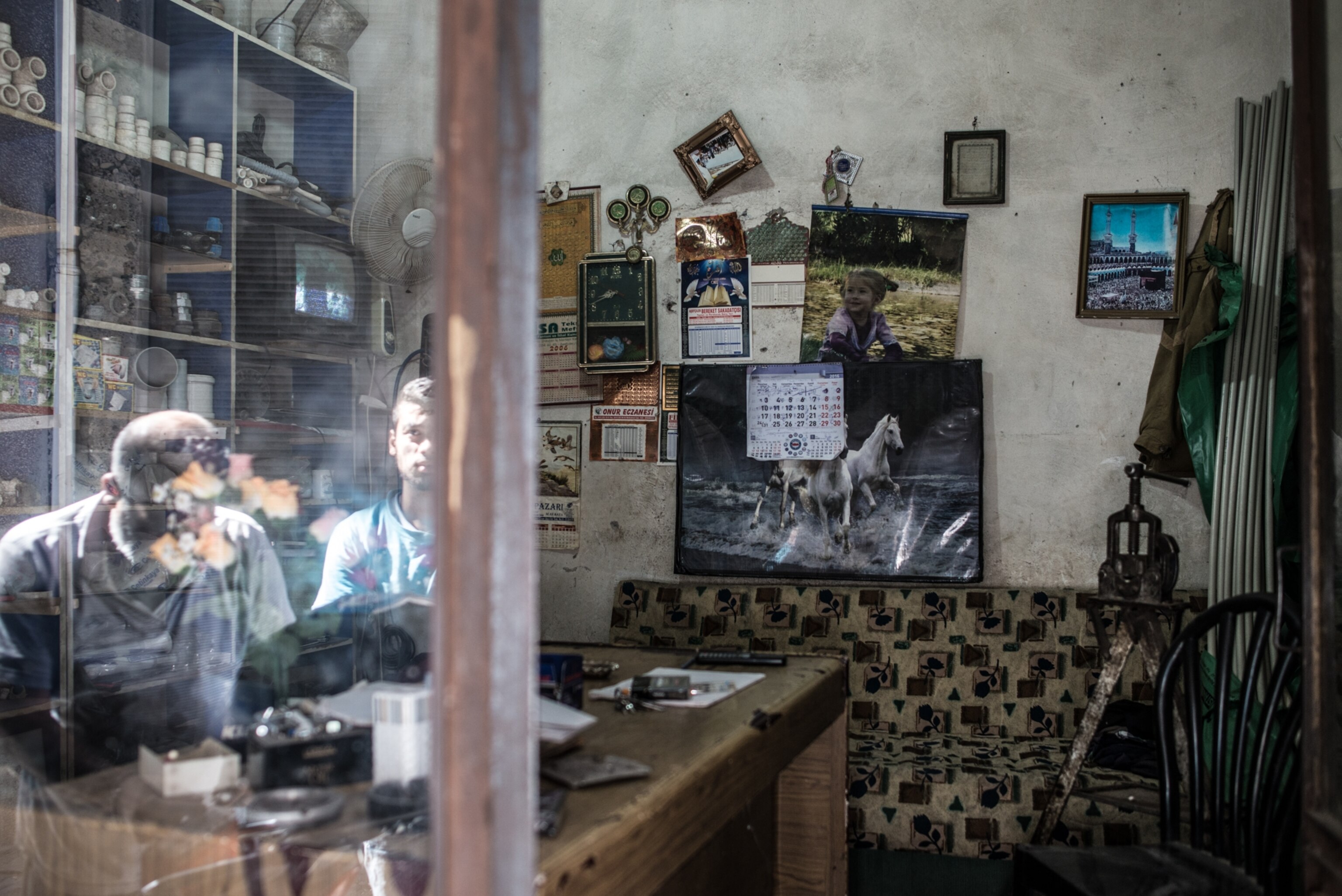
"[I want] to show the true beauty that exists in this historical place and the pain that is there with it," she says. "The way the women get together in their beautiful houses within their blue walls, the way the singers express themselves. The way [the] children are in their beauty and simplicity. [It is] a place ... like any other. [I] hope there can be peace."
Soon after she left, Babajanyan says, the city of Diyarbakır itself fell into disorder after several Kurdish opposition leaders across the country were arrested, including the mayor. What happens next is in the hands of the Kurds and the Turkish government, leaving the residents of Sur with little to do but wait and see.
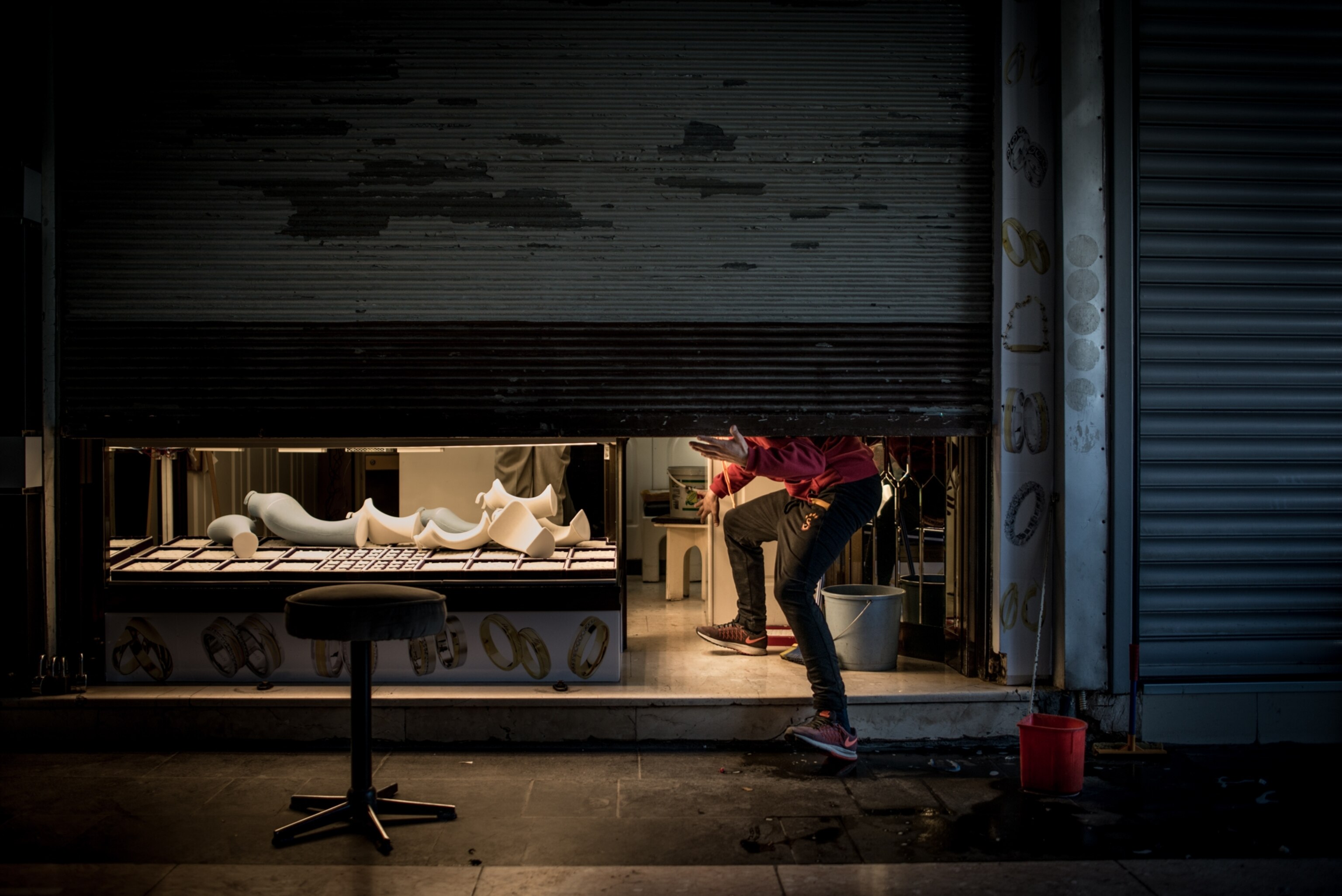
Anush Babajanyan is one of the founders of 4plus, a nonprofit aimed at empowering women through photography. You can see more of her work on her website.




